We were lucky to catch up with Sarah Sneesby recently and have shared our conversation below.
Sarah, looking forward to hearing all of your stories today. Do you wish you had started sooner?
I started my professional creative career quite later than many of my cohorts, so there is a lot of early career networking that I missed out on. However, rather than viewing that as a weakness, I believe many of my strengths come from the fact that I had a career prior to my creative career as a director and movement director. Unlike many fellow directors and choreographers, I did not spend my 20’s on the audition & performing circuit. As such, I do not have a long resume filled with “Dance Captain” or “Asst. Choreographer” or “Asst. Director”. Instead, I spent most of it working in an office as a project engineer in the Oil & Gas Industry. While I still did shows with local community theatres and kept my skills present, my daytime focus was on design, coordination, project management, build schedules, etc. When I finally realized that evening and weekends immersed in my creative passion was not enough, I walked away from Corporate America, went to graduate school, and have never once regretted either my decision to give engineering a try or my decision to walk away and never look back.
Now as a theatre maker in my 30s I look at ALL the skills I gained in my corporate career that have done nothing but boost my career as a creative artist. Not only do I know how to direct, choreograph, and movement direct a show, I also know how to manage multiple groups of people, have experience managing multi-million dollar projects, can creatively problem solve both artistic and technical dilemmas… My ability to cross-communicate and work both on the technical and artistic side of theatre means that I can always find a paying job in my industry when needed.

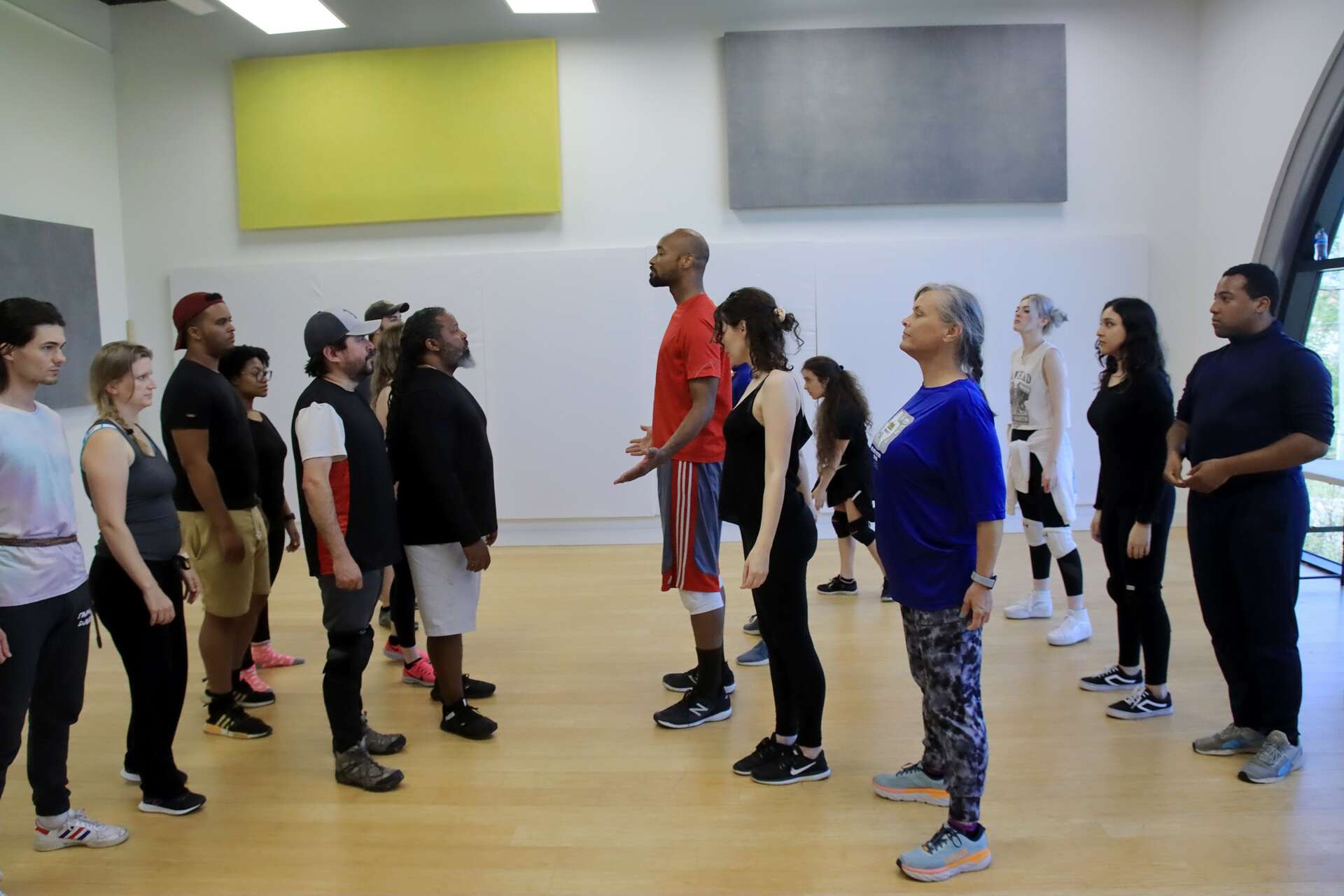
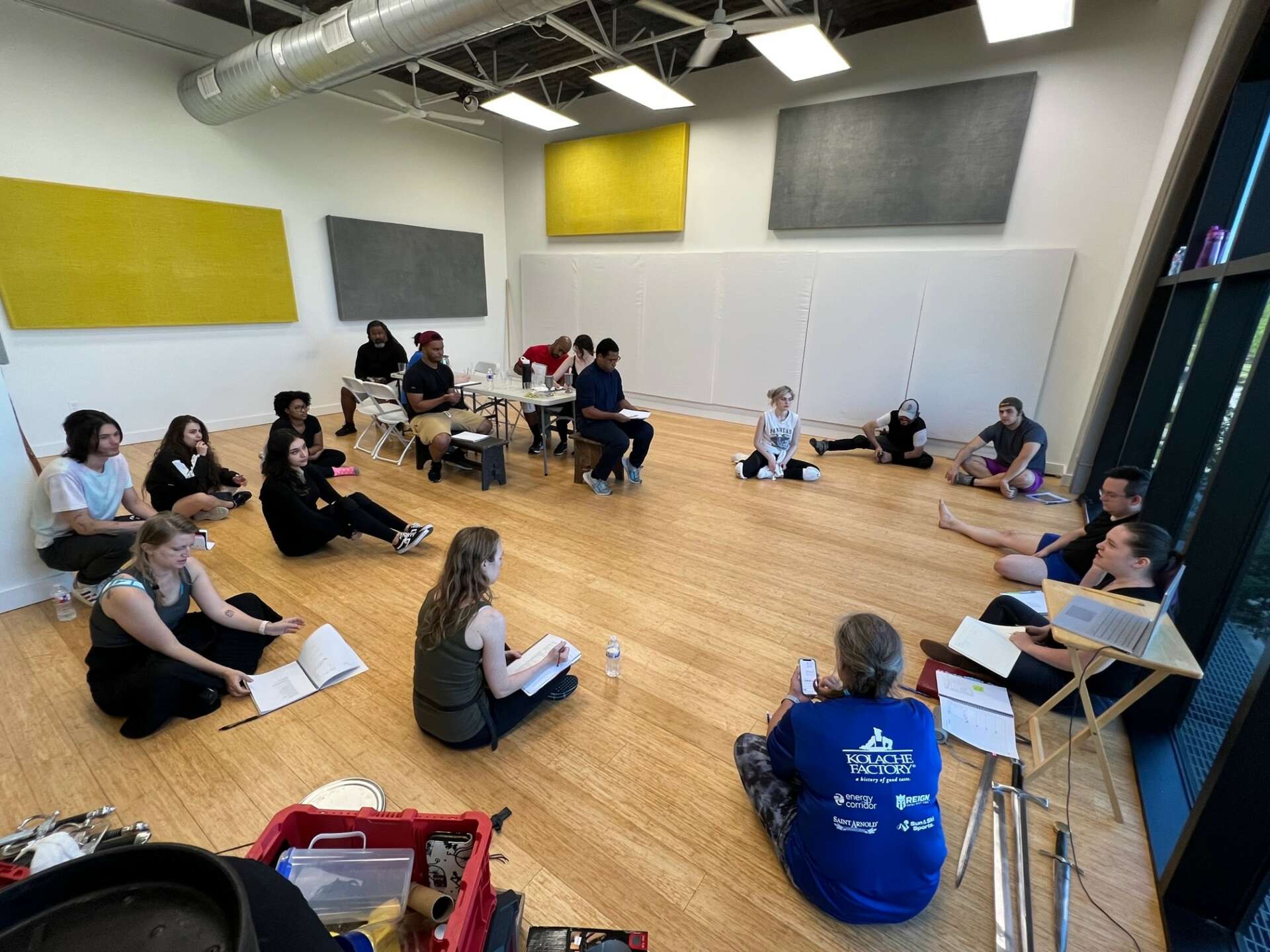
As always, we appreciate you sharing your insights and we’ve got a few more questions for you, but before we get to all of that can you take a minute to introduce yourself and give our readers some of your back background and context?
I am a Director, Choreographer, Movement Director, Teacher, and Movement and Intimacy Practitioner in theatre for the stage. I strive to bring equity to the rehearsal room through empowering the actor to take an embodied, collaborative ownership of both the creative process and the final product.
Trained: Royal Central School of Speech and Drama with an MFA in Movement: Directing and Teaching.
Ongoing Training: Intimacy Courses through TIE
My theatre & movement heritage comes from a range of sources. Growing up, I trained in ballet, modern, jazz, contemporary, and partnering. Simultaneously I had a love for theatre and musical theatre. I went from the ‘dancer who acted’ to the ‘physical actor who could tell stories with their body’ to the choreographer or movement practitioner responsible for shepherding others to tell stories with the instrument of their body.
After I ‘retired’ from my career as a Project Engineer in Oil and Gas, I went to Graduate School in London to receive much needed pedagogic training in my chosen craft: Movement Directing and Teaching. My time in London took my backgrounds in theatre, dance, and choreography and began the molding process of transforming those separate skills into one of a movement specialist both for the classroom and rehearsal room. I take a wholistic, embodied approach to working with my students, and teach techniques to the individual body rather than a uniform aesthetic. My role is to adapt to the need of the individual actor or performer to provide a movement language that best connects with the individual.
In 2021 I founded Creative Movement Practices as an avenue to produce my own work as a Director but also to provide a platform for transforming rehearsal rooms into inspiring, transformative and collaborative spaces in which theatre makers practice, hone, and establish their craft.
As a theatre maker I provide services ranging from private coaching to group instruction to Directing, Choreography, Movement Directing, or Intimacy Choreography for your theatre company’s upcoming production. I have over a decade of experience working with performers of all ages and abilities, and have learned how to adjust and adapt to individual artists to create and tell each story. I have worked professionally in the UK, Houston, and New York, and look forward to collaborating with more artists and companies as the years progress.
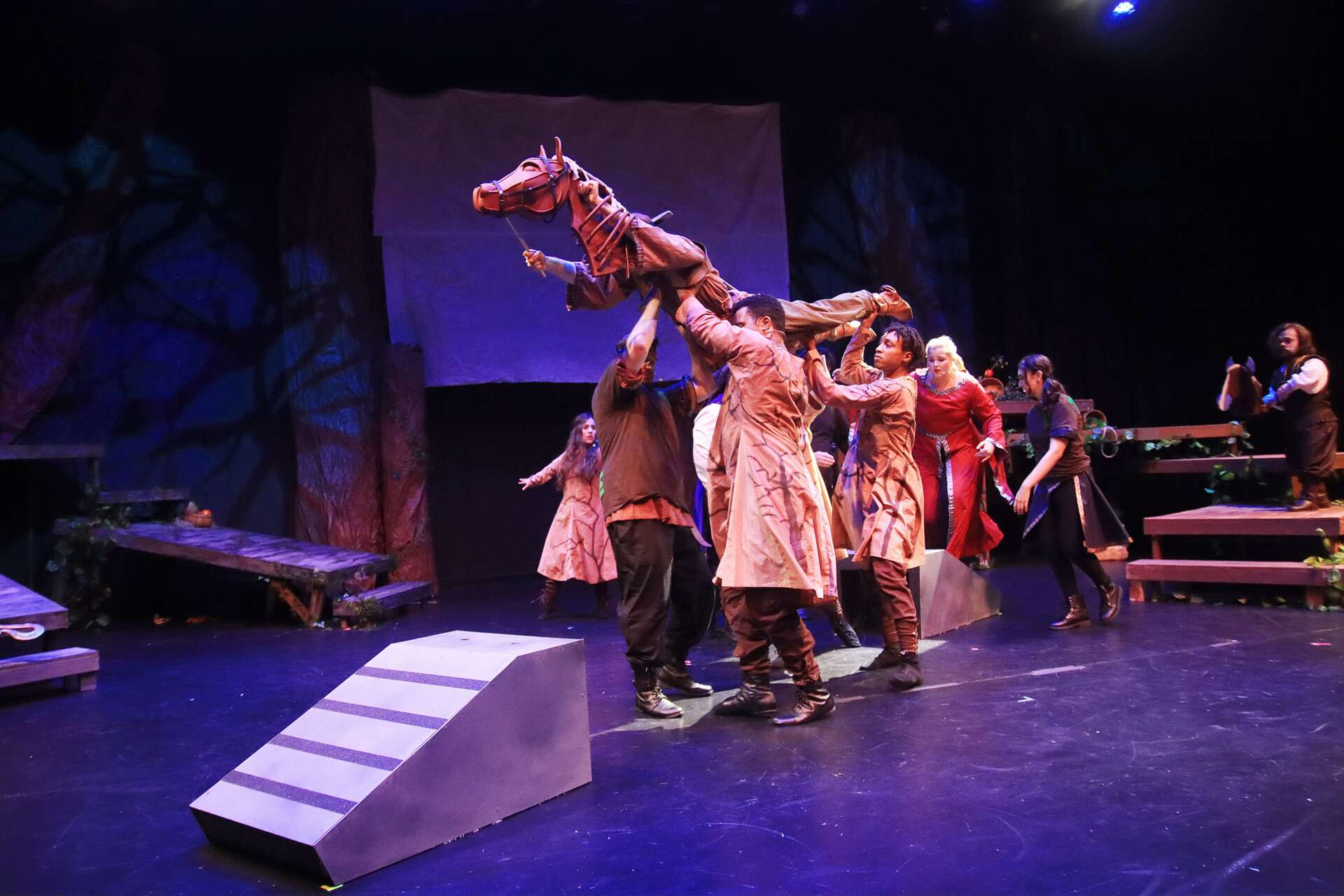
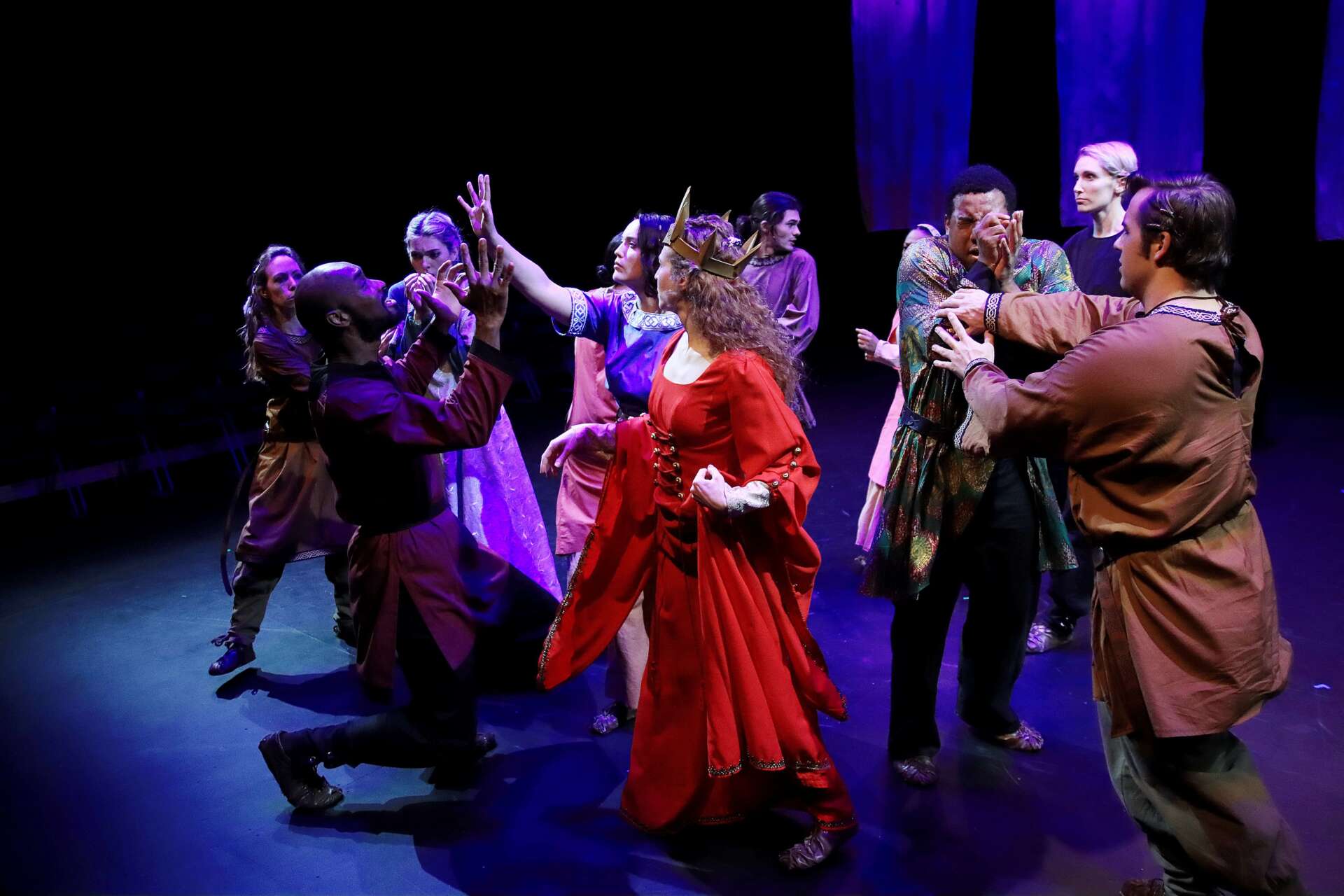

Is there a particular goal or mission driving your creative journey?
When I was in graduate school, one of the primary goals of the head of the program was to get us to question EVERYTHING about our practice. Why did we teach the way we do? Why did we speak the way we did? In order to become a better director, and a better practitioner, I had to learn how to break down and analyze every single aspect of my practice. I learned to put aside what was not helpful to me and to (metaphorically) dropkick anything that was potentially harmful to the other people I was working with.
So many teaching practices that are still used today to train and direct actors are rooted in theories that have been proven counterproductive in comparison to how the human body actually creates and stores memories (both the good and the bad). There is a wave of artists coming out of graduate school who have begun challenging the old status quo and asking “How else might we accomplish the same art, but without asking an actor to sacrifice their own personal or mental health?” “How can we tell the story in an equitable way, that incorporates all voices, genders, ethnicities, in the room?”
Theatre is defined as human beings telling the story of humanity to other human beings. How can we truly affect change or bring about discussion if we are not treating those who create the stories like human beings. This is one of the primary reasons I chose to create a theatre company right out of graduation. It is my goal that every production I touch, in whatever capacity, the actors know that I am on their side. That I am there to support them and help them bring magic to the show. We provide on-site childcare for those who do not have the ability to leave the kids at home. We put a priority on the mental and physical health of our performers over attendance at rehearsal. We have flipped the rehearsal room upside down and include a foundational process that is collaborative. While the director still has the final say, each actor is encouraged to bring their artistry to the forefront and take ownership of their part of the storytelling.
To me, it is not enough to simply produce “good” theatre. If I am not positively effecting the life of at least one cast or crew member in the process, then I am not doing my job to make the world a better place.

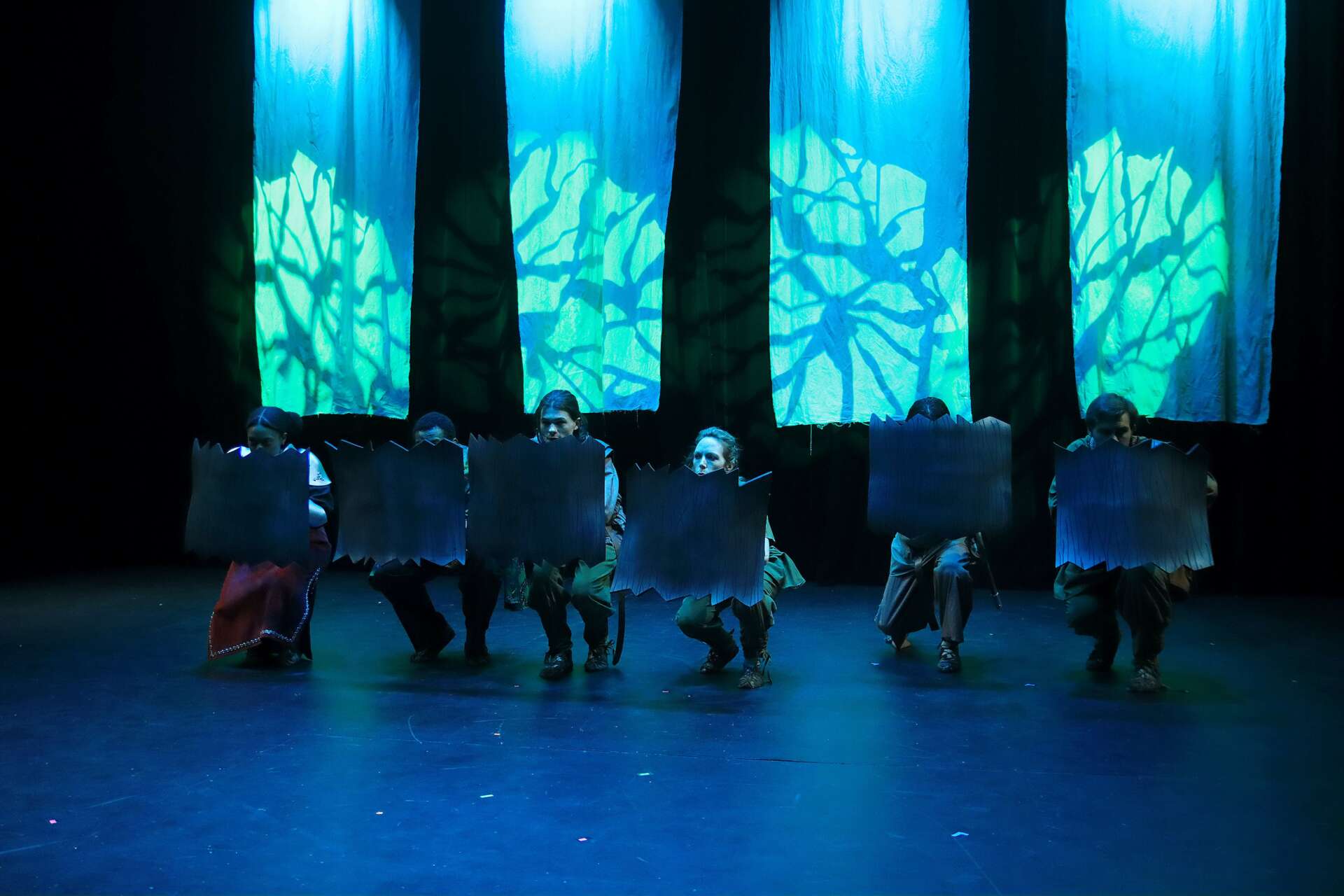
How can we best help foster a strong, supportive environment for artists and creatives?
Societally, we have been taught to value certain skills and intelligence types over others, and in a capitalist society, those skills tend to be the ones that make money, bring about inventions, or provide healthcare to maintain the health and productivity of the workforce. These skills are necessary for a thriving society, but what some non-creatives struggle to understand is that art is equally as important for a thriving society.
The biggest challenge is that we have culturally devalued what artists and creatives bring to our society. We want the Houston Grand Opera or Houston Symphony, but don’t want to keep music in elementary schools. We want the magic of Broadway here in local theatres, but don’t want to pay Broadway prices to help fund those productions. At work, we expect to be fairly paid for all the hours we put in, but then mentally neglect the hours, months, years, decades that artists have put into learning their craft and decide that they should be thankful if they are being paid at all to “do what they love.”
Local theatres work really hard to keep talented artists in your city, take the time to research which companies develop local talent. Go, see their shows. Pay full price (if you are able). Donate to the small houses where most of the money goes to local artists over large administrative budgets. If you want a thriving creative ecosystem in your home town, then find a local artist collective or theatre and ask how you can help!
Contact Info:
- Website: https://www.creativemovementpractices.com/about
- Instagram: https://www.instagram.com/creativemovementpractices/
- Facebook: https://www.facebook.com/CreativeMovementPractices
- Youtube: https://www.youtube.com/@creativemovementpractices6727
- Other: https://linktr.ee/creativemovementpractices www.sarahsneesby.com
Image Credits
Primary Photo: Ludo des Cognets Rehearsal and Show Photos: Pin Lim


